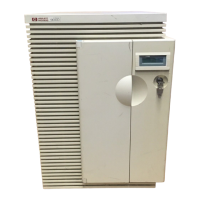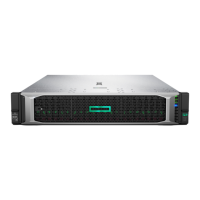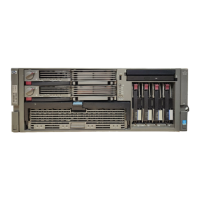Troubleshooting 3-21
Core I/O Card Status LEDs
The Core I/O cards have LED status indicators on the bulkheads. Figures 3-2, 3-3, and 3-4 show the names
and locations of LEDs on each version of the card. To determine the status of a particular function on a card,
locate and identify the LED (e.g., LINK Status, SCSI Selftest, etc). Match the LED pattern with the
descriptions in this section.
14 Your selection is outside of the legal range. (APEER 14)
Either a number was entered when an alphabetic was expected, or an alphabetic was entered when a
numeric was expected, or a number outside the permissible range was used.
15 Command may not be executed by a local user. (APERR 15)
This command is a valid AP command, but is intended for use form the remote support modem port
only. No action is required.
16 Expecting "S" or "M" (APERR 16)
The only permissible input is the single letter S or M in upper or lower case.
20 SE failed: OS did not respond (check OS vs AP configurations). (APERR 20)
The modem connection failed when the SE command was entered. The OS may not be fully booted yet,
or the AP configuration is wrong, or the OS sees the port protocol as BELL while the AP sees it as
CCITT. Check the modem port configuration or re-boot the OS.
21 Fatal error: POW_ON never came back. Waiting until it’s reasserted... (APERR 21)
The AP tried to de-assert the POW_ON signal, but does not see it as de-asserted. Replace the core I/O
card.
22 Timeout error on NVM. (APERR 22)
The NVM chip did not become ready within the specified time period. Replace the core I/o card.
Table 3-13. IAP Message and Error Codes (Continued)

